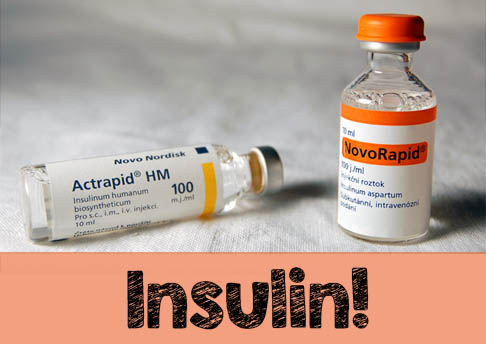
It’s becoming a well-known fact that frequency of diabetes mellitus is increasing among Malaysians, with the disease being detected more in the younger age group.
All the strategies put into place by the Government over the past two decades to increase awareness and stop this disease have not borne positive results as the number of patients do not show any signs of slowing down.
“Recent statistics show that one out of 20 in the 18 to 25 years age group has diabetes and this is scary because these people are in their productive years.“
Adults with diabetes who are overweight or obese, with hypertension (high blood pressure) and dyslipidaemia (high cholesterol) carry a high risk for cardiovascular and kidney complications.
“Despite all the medications, most patients are still obese with a BMI (body mass index) of 27.5 and above.
“Glycaemic control is still not optimal on current therapies, which is one of our challenges.
“We’ve worked so hard, but we still haven’t found a solution that works,” says consultant endocrinologist Dr Zanariah Hussein.
Adds fellow consultant endocrinologist Dr Chan Siew Pheng: “Diabetes is almost like an infectious disease in Malaysia!”
As half of patients at the time of diagnosis have no symptoms, Dr Chan advises people to get screened early because the procedure involves just a little prick on the finger.
She adds: “And let’s dispel this misconception that diabetes is about taking sugar. It’s not.
“Diabetes is about taking excessive calories. And stop blaming it solely on the genes.”
Obese pregnant women are at a higher risk of contracting diabetes, points out Dr Zanariah.
Epidemiological studies have shown that children born to mothers who have diabetes during pregnancy are at high risk for diabetes later in life.
This leads to the females among these children developing diabetes themselves when they grow up and get pregnant; thus, perpetuating the transgenerational transmission of diabetes from mothers to their offspring.
“Just being in your mid-30s is already a risk factor because almost half a million young adults below 30 have diabetes.
“The pattern of being overweight has increased over the years, so we infer that that’s why diabetes is also increasing,” says Dr Zanariah.
There are currently seven types of oral medications and two injectables available to treat diabetic patients in Malaysia.
Around 80% of diagnosed diabetics are taking oral medications to lower their glucose levels, with the majority on metformin, which is the first line of diabetes treatment.
An alternative drug has recently been introduced in Malaysia, and comes with added benefits.
Containing the active ingredient luseogliflozin hydrate, Lusefi is an orally-active sodium-glucose co-transporter 2 (SGLT2) inhibitor from Japan.
This treatment lowers blood glucose levels by inhibiting the reabsorption of glucose in the renal tubule, thus increasing urinary glucose excretion and eventually reducing blood glucose levels – ideal for type 2 diabetes mellitus patients aged 20 and above.
A clinical study conducted in Japan demonstrated excellent improvement in blood glucose levels for both Lusefi alone and in combination with six types of oral anti-diabetic drugs.
These decreased glucose levels were sustained for up to a year.At the end of the study, it was found that in addition to lowering and maintaining a healthy blood glucose level, the anti-glycaemic effect of the drug also helped patients decrease their BMI score.
Dr Chan says: “This class of drugs also protects the heart and will help bring down the rate of heart attacks as diabetes is the second biggest contributor to heart attacks here.
“In addition, it brings down blood pressure, enhances weight loss and minimises hypoglycaemia risk.
“You can add this to the commonly-used diabetic drugs and still experience weight loss.”
Speaking at the launch of the drug in July 2019, the two endocrinologists welcomed the introduction of the drug, which is affordable, needs to be taken only once a day and provides effective control without causing low blood glucose levels (hypoglycaemia).
Source:-The Star

Leave a Reply